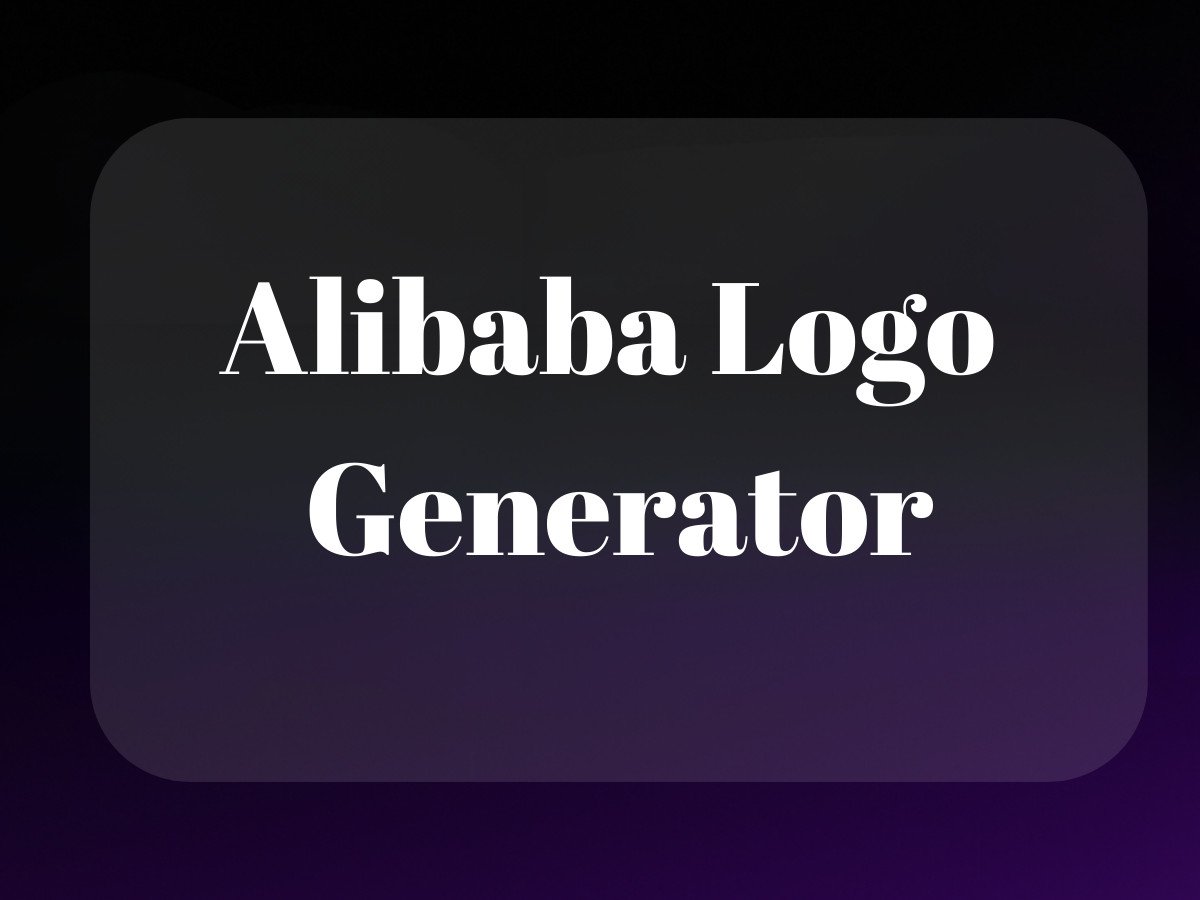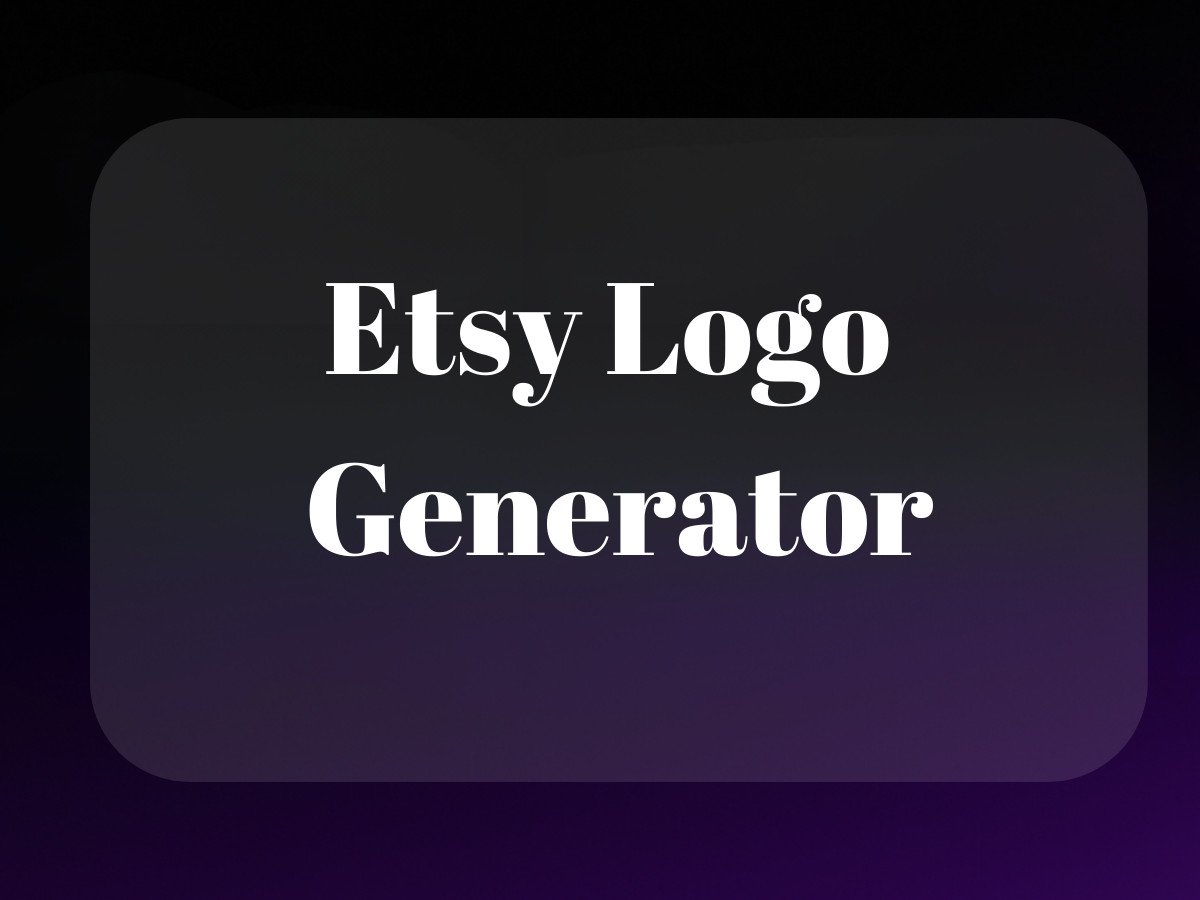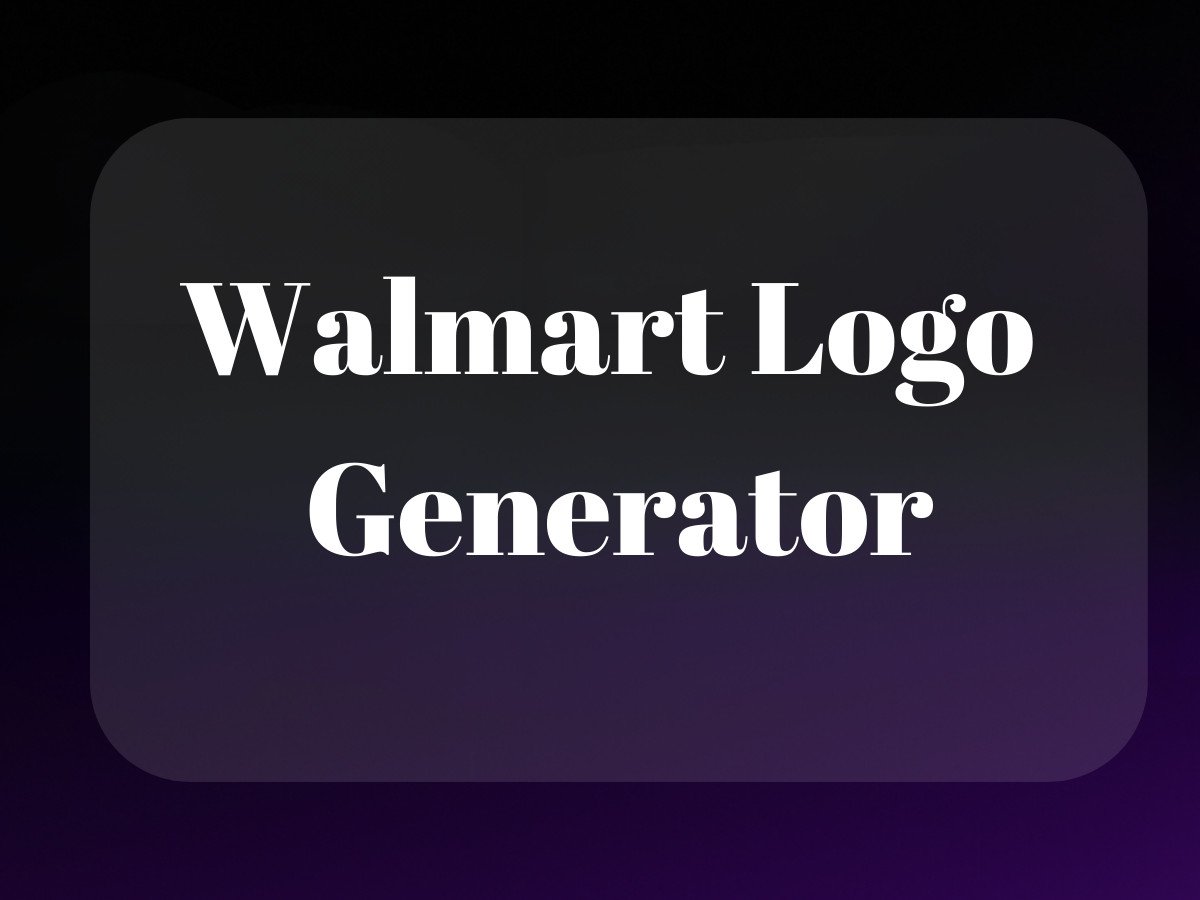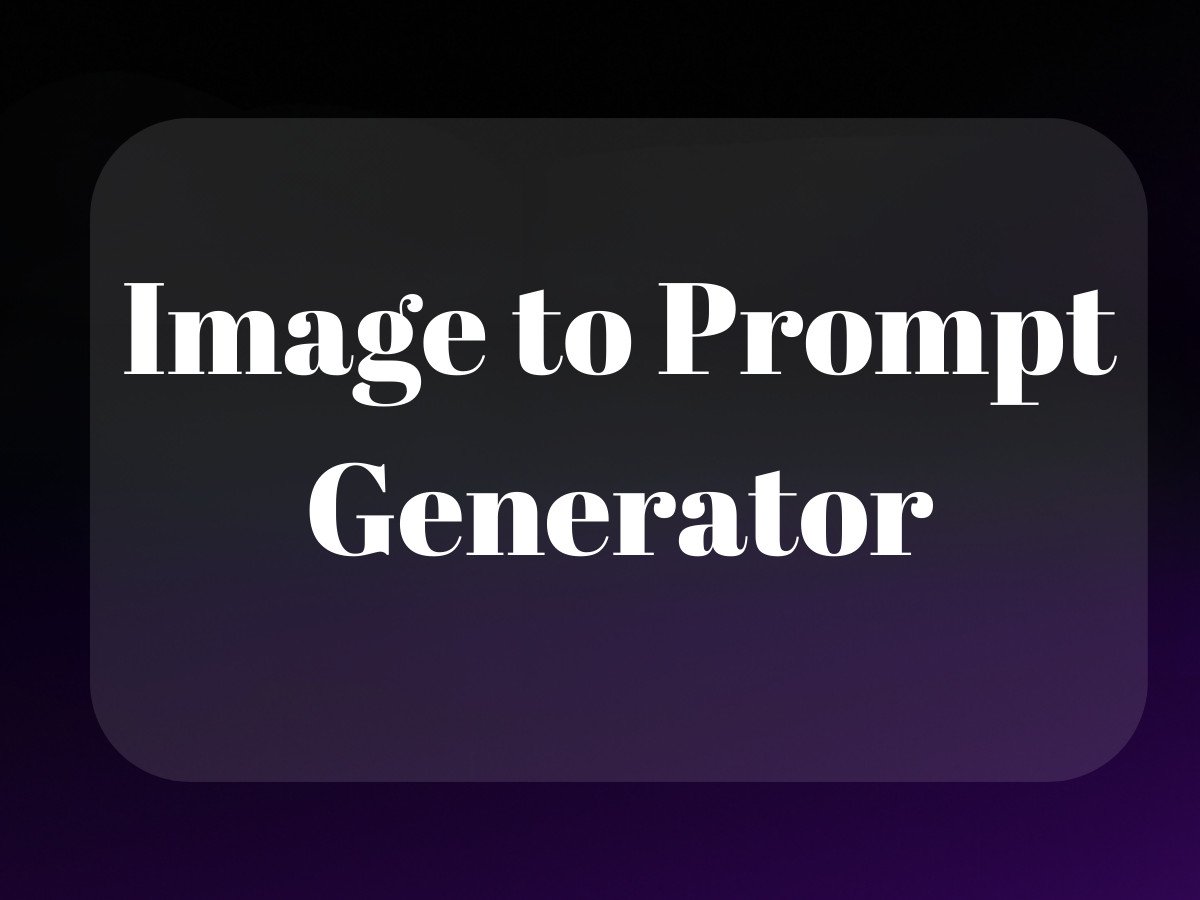The Art and Science of PPC Competitive Intelligence: More Than Just Spying on Your Rivals
Let’s be honest – most of us have spent countless hours stalking our competitors’ ads, trying to reverse-engineer their strategies, and wondering if we’re missing some secret sauce that makes their campaigns perform better. I’ve been there, obsessively refreshing auction insights reports at 2 AM, convinced that understanding my competitors’ every move would somehow unlock the key to PPC success. For those interested in broader market trends, see our piece on ecommerce in 2024.

But here’s the thing: PPC competitive intelligence isn’t about playing digital detective or copying what others are doing. It’s about understanding the battlefield you’re fighting on and using that knowledge to craft strategies that actually work for your brand. For insights on how to leverage Instagram effectively, check out our guide on Instagram story dimensions.
Understanding PPC Competitive Intelligence: Beyond the Basics

Think of PPC competitive intelligence as your radar system in the digital advertising space. It’s not just about knowing what keywords your competitors are bidding on – it’s about understanding the entire competitive landscape and using that information to make smarter decisions with your ad spend. If you’re exploring Shopify, learn how to find Shopify stores. For a deeper dive into keyword strategies, explore the beginner’s guide to SEO.
The Evolution of Search Intelligence
Remember when competitive analysis meant manually searching for ads and taking screenshots? Those days are long gone. Today’s paid search intelligence tools are like having an AI-powered reconnaissance team working 24/7, gathering actionable insights about your competitors’ strategies, spend patterns, and campaign effectiveness. For those looking into AI innovations in skincare, explore AI in skincare. For expert tips on PPC analysis, check out this competitive analysis guide.
The Foundation: Building Your Competitive Intelligence Framework
Before diving into specific tools and tactics, let’s talk about what makes PPC competitive intelligence actually useful. Because trust me, having mountains of data about your competitors means nothing if you can’t turn it into action. If you’re considering Shopify, see our article on deactivating your Shopify store.
Identifying Your True Competitors
Here’s a mind-bending reality check: your PPC competitors aren’t always who you think they are. I’ve worked with countless brands who were so focused on their traditional business rivals that they completely missed the digital-native upstarts eating their lunch in paid search.
To identify your real PPC competitors, you need to look at:
- Auction insights reports to see who’s consistently showing up alongside your ads
- Brand visibility in your target keywords
- Share of voice in your market segments
- Companies bidding on your branded terms
The Data Collection Puzzle
Getting quality competitive intelligence is like trying to complete a puzzle where the pieces keep changing shape. You need multiple data sources working together to form a clear picture. This is where tools like SE Ranking and similar platforms become invaluable – they help you piece together the puzzle automatically. For visual content, learn about product listings with clean backgrounds.
Essential Tools for PPC Competitive Analysis
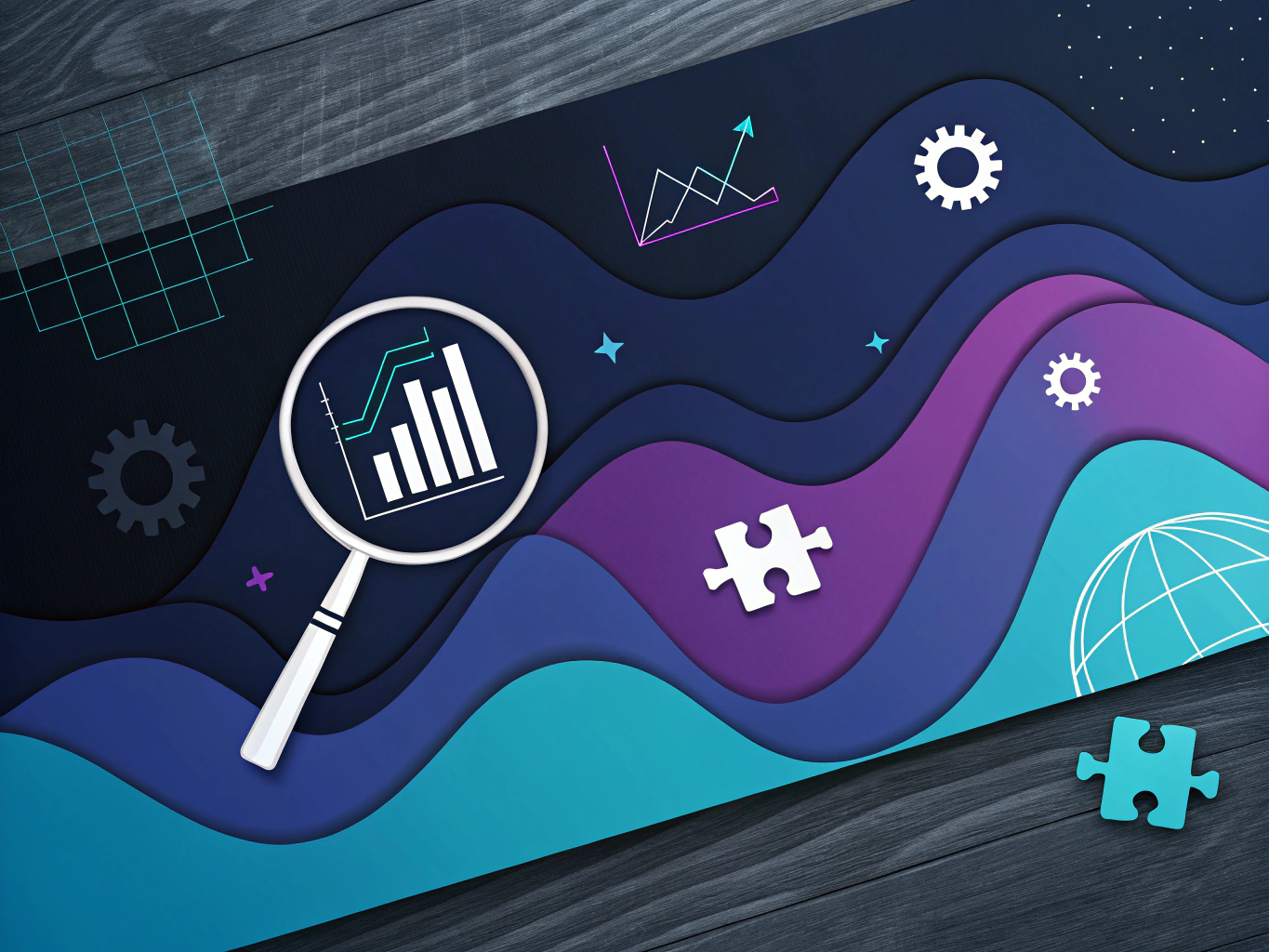
Let’s cut through the noise and focus on what actually works. After testing dozens of competitive intelligence tools (and wasting more money than I’d like to admit), here are the ones that consistently deliver value:
Premium Intelligence Platforms
The heavy hitters in this space offer comprehensive data insights that can transform your PPC strategy:
- SEMrush: The Swiss Army knife of competitive intelligence
- SpyFu: Specifically built for paid search intelligence
- SE Ranking: Outstanding for tracking competitor movements
But here’s what most articles won’t tell you: these tools are only as good as your ability to interpret and act on their data. I’ve seen too many marketers get lost in the endless reports and fancy charts without actually improving their campaigns. If you’re exploring new social commerce platforms, see our guide on how to get to TikTok Shop.
Free Tools That Pack a Punch
Don’t have a massive budget for competitive intelligence tools? No problem. Some of the most valuable insights come from free sources:
- Google Ads Auction Insights: Your first stop for understanding competitive dynamics
- Facebook Ad Library: A goldmine for creative inspiration
- Google Search Console: Indirect competitive intelligence through search trends
The key to successful PPC competitive intelligence isn’t having access to every tool under the sun – it’s about knowing how to use the tools you have effectively. I’ve seen small brands outmaneuver industry giants by simply being smarter about how they gather and use competitive data. Explore how Walmart Creator can influence your strategy.
And here’s the real secret: the most valuable competitive intelligence often comes from simply paying attention to your market. Watch how competitors adjust their messaging during different seasons. Notice when they push hard on certain keywords and pull back on others. These patterns tell stories that no tool can fully capture. For photo products, see our article on Walmart photo cards.
Demystifying PPC Competitive Intelligence: More Than Just Spying on Rivals
Let’s be real – most of what we hear about PPC competitive intelligence sounds like we’re planning some sort of digital heist. “Spy on your competitors!” “Steal their secrets!” “Crush the competition!”
But here’s the thing: effective PPC competitive intelligence isn’t about becoming the James Bond of digital marketing. It’s about being more like a chess player who understands not just the current move, but the whole game. And trust me, as someone who’s helped countless brands navigate this space, the real value lies in understanding patterns, not just collecting data. For shipping strategies, see free shipping on TikTok Shop. For comprehensive analysis, explore this PPC competitor analysis.
The Building Blocks of PPC Competitive Intelligence

Think of PPC competitive intelligence as your brand’s radar system. Just like how radar doesn’t just show you where other planes are but helps you navigate your own path, proper competitive intelligence tools give you a comprehensive view of the advertising landscape.
The Core Components That Actually Matter
- Keyword Intelligence: Understanding not just what keywords competitors bid on, but why they choose them
- Ad Copy Analysis: Decoding messaging patterns and unique selling propositions
- Bid Strategy Insights: Mapping out competitor spending patterns and priorities
- Landing Page Architecture: Learning from what works (and what doesn’t) in your space
The Tools That Make It All Possible
I’ve tested pretty much every search intelligence tool out there (perks of being a tech founder), and here’s what actually works:
Premium Tools Worth Your Investment
SE Ranking is like having a sophisticated spy satellite for your PPC campaigns. It provides actionable insights about competitor keywords, ad spend, and landing page strategies. But here’s what most reviews won’t tell you: its real value lies in the pattern recognition algorithms that help you spot trends before they become obvious.
SEMrush and SpyFu are the Swiss Army knives of paid search intelligence. They’re user friendly enough for beginners but pack enough depth for power users. The key is knowing how to use their data insights effectively – something most marketers get wrong. For creative formats, learn about JPEG alternatives.
Free Tools That Pack a Punch
Google’s Auction Insights is like having a front-row seat to your competitors’ bidding strategies. It’s free, it’s accurate, and it’s criminally underutilized. The catch? You need to know how to interpret the data correctly to maintain brand visibility. For e-commerce solutions, see our guide on driving traffic to a Shopify store.
Making Your Data Work Harder
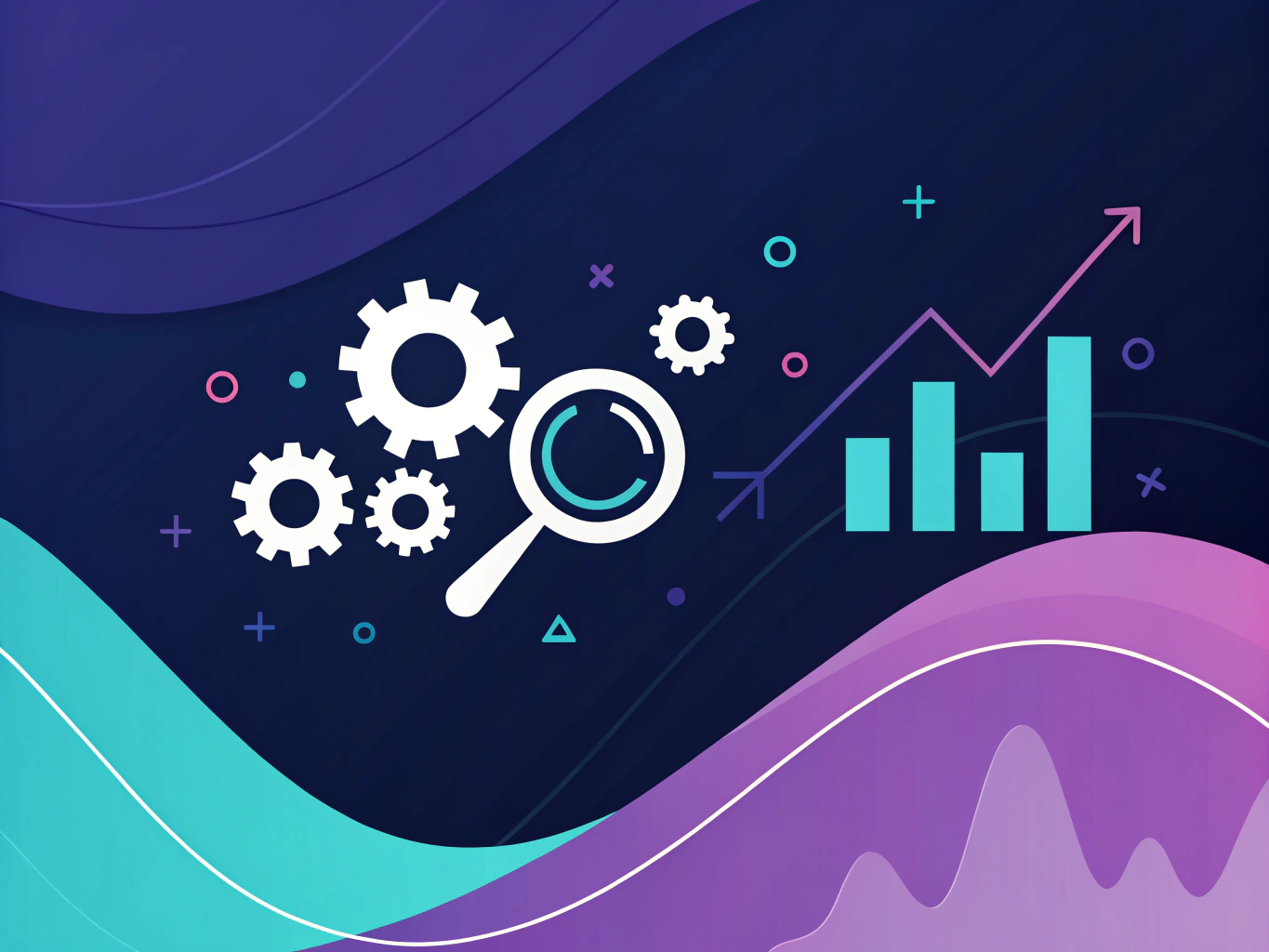
Here’s where most brands drop the ball – they collect mountains of competitive data but don’t know what to do with it. The secret sauce isn’t in gathering more data; it’s in asking the right questions:
- What patterns emerge in competitor keyword selection during different seasons?
- How do their ad copy tests reveal market positioning shifts?
- Where are the gaps in their coverage that you can exploit?
From Data to Strategy
The real magic happens when you transform competitive intelligence into actionable insights. I’ve seen brands triple their ROAS simply by understanding and responding to competitor patterns rather than blindly copying their strategies.
Advanced Tactics That Most Marketers Miss
Let’s get into the nitty-gritty of what separates good from great in competitive intelligence:
Automated Monitoring Systems
Setting up automated alerts isn’t just about tracking competitor moves – it’s about understanding the rhythm of your market. Use tools to monitor not just when competitors change bids, but how these changes correlate with market events, seasonal trends, and customer behavior patterns. For those using Alibaba, check out our Alibaba login guide.
Predictive Analysis
This is where the real competitive edge lies. By analyzing historical data patterns, you can often predict competitor moves before they make them. It’s not about being psychic; it’s about understanding the logic behind their strategies.
The Human Element in PPC Intelligence

Here’s something that might sound counterintuitive coming from a tech founder: the most powerful competitive intelligence tool is still human intuition. All the data in the world won’t help if you can’t interpret it through the lens of human behavior and market psychology.
I’ve seen brands with access to the best tools and mountains of data still fail because they forgot the fundamental truth: behind every PPC campaign is a human making decisions. Understanding those decision-making patterns is often more valuable than any tool or dataset.
Ethical Considerations and Best Practices
Let’s address the elephant in the room: there’s a fine line between competitive intelligence and unethical practices. Here’s my rule of thumb: if it feels sketchy, it probably is. Focus on publicly available data and use it to improve your own strategy, not to directly undermine competitors.
Remember, the goal isn’t to become a carbon copy of your competitors – it’s to understand the competitive landscape well enough to chart your own unique course through it. That’s where true brand protection comes from.
Advanced PPC Intelligence Techniques That Actually Work
Look, I’ve seen countless brands throw money at fancy PPC tools only to end up with data they don’t know how to use. It’s like having a Ferrari but never learning to drive stick. What we really need is a practical approach to PPC competitive intelligence that doesn’t require a PhD in data science.
Automated Monitoring Systems: Your 24/7 Digital Scout
Remember when we had to manually check competitor ads every morning? Those days are gone. Modern PPC competitive intelligence tools can track your rivals’ every move – from bid changes to ad copy tweaks. It’s like having a really obsessive friend who documents everything your competitors do (but in a totally legal way).
Here’s the thing though – you need to set up your monitoring system right. I’ve seen brands track everything under the sun and end up drowning in data. Focus on these key metrics:
- Impression share shifts (especially sudden ones)
- New ad copy variations
- Landing page changes
- Bid strategy adjustments
Predictive Analysis: Because Crystal Balls Are Expensive
The real power of PPC competitive intelligence isn’t just knowing what your competitors did – it’s predicting what they’ll do next. By analyzing historical data patterns, you can actually get pretty good at this. Think of it like weather forecasting, but for digital ads. For those targeting TikTok, our guide on free shipping on TikTok Shop can be helpful.
I recently worked with a DTC brand that used competitive intelligence to predict when their main rival would increase bids for holiday shopping. They preemptively adjusted their strategy and saw a 43% increase in conversions compared to the previous year.
The Future of PPC Competitive Intelligence
Artificial Intelligence (AI) and Machine Learning (ML) are revolutionizing Pay-Per-Click (PPC) competitive intelligence, transitioning it from a reactive tool to a predictive powerhouse. Beyond the technological advancements, the true game-changer lies in how these innovations are democratizing access to sophisticated competitive analysis.
Emerging Technologies: Beyond the Buzzwords
Recent innovations in search intelligence and brand protection are noteworthy:
- Natural Language Processing (NLP): NLP has significantly advanced in analyzing ad copy sentiment, enabling marketers to gauge public opinion and emotional responses to their campaigns more accurately.
- Machine Learning Algorithms: These algorithms can predict competitor bid strategies with remarkable accuracy, allowing businesses to anticipate market moves and adjust their strategies proactively.
However, these tools are only as effective as their implementation. It’s essential to master the fundamentals before integrating advanced technologies to avoid common pitfalls associated with AI hype.
Implementation Guide: Making It All Work
To harness the full potential of AI and ML in PPC competitive intelligence, consider the following actionable roadmap:
- Audit Your Current Competitive Landscape (1-2 days): Evaluate your existing market position, identify key competitors, and understand their strategies.
- Set Up Automated Tracking for Your Top 3-5 Competitors (2-3 days): Utilize AI-driven tools to monitor competitors’ ad placements, keyword usage, and bidding behaviors in real-time.
- Create Alert Thresholds for Significant Changes (1 day): Establish parameters that trigger alerts for notable shifts in competitors’ strategies, such as sudden increases in ad spend or changes in keyword focus.
- Develop Response Protocols for Common Competitive Moves (2-3 days): Formulate strategic responses to anticipated competitor actions, ensuring agility in your marketing efforts.
- Test and Refine Your System (Ongoing): Continuously assess the effectiveness of your AI tools and strategies, making necessary adjustments to optimize performance.
By following this roadmap, businesses can leverage AI and ML to transform their PPC competitive intelligence, making it more predictive and accessible, thereby gaining a strategic advantage in the marketplace.
Common Pitfalls (And How to Avoid Them)
Let’s talk about what not to do. The biggest mistake I see? Information overload. You don’t need to track every single metric. Focus on data insights that drive actionable decisions. Your PPC competitive intelligence strategy should be like a good espresso – concentrated and powerful, not watered down. For marketing techniques on Amazon, explore our Amazon marketing guide.
Success Stories: Real World Applications
A client in the beauty space used competitive intelligence to identify a gap in their competitor’s targeting. They found that their main rival wasn’t bidding on mobile devices after 9 PM. By adjusting their strategy, they captured 28% more evening traffic at a 12% lower CPC.
Final Thoughts: Making PPC Competitive Intelligence Work for You
The future of paid search intelligence isn’t about having the most data – it’s about having the right data and knowing what to do with it. As we move forward, the winners won’t be the brands with the biggest budgets, but those who can turn competitive insights into action fastest.
Remember: PPC competitive intelligence isn’t about copying your competitors – it’s about understanding the competitive landscape well enough to chart your own course. Think of it as having a really detailed map of the territory. The path you take is still up to you.
And hey, if all this seems overwhelming, start small. Pick one competitor, track one metric, and make one change based on what you learn. That’s how you build a sustainable competitive intelligence program that actually drives results.
The tools will keep evolving, but the fundamentals of good competitive intelligence won’t change: observe, analyze, act, repeat. Keep it simple, keep it focused, and most importantly, keep it actionable.
Related Articles:
- Amazon Search Engine Marketing: What You Need to Know
- Free Shipping TikTok Shop: Your Complete Guide 2024
- The Complete Guide to Walmart Creator: Everything You Need to Know
Frequently Asked Questions
What is brand visibility?
Brand visibility refers to how aware consumers are of a particular brand and its products or services. In the context of PPC (Pay-Per-Click) advertising, increasing brand visibility can be achieved by strategically placing ads where potential customers are most likely to see them, thereby enhancing recognition and recall in a competitive landscape.
What is a PPC competitive analysis?
A PPC competitive analysis involves examining the pay-per-click advertising strategies of competitors to identify their strengths, weaknesses, and market position. This analysis helps businesses understand how their competitors are bidding on keywords, structuring their ads, and targeting their audience, enabling them to refine their own PPC campaigns for better performance and ROI.
What are the 7 P’s of competitive intelligence?
The 7 P’s of competitive intelligence typically refer to Product, Price, Promotion, Place, People, Processes, and Physical evidence. These elements provide a holistic framework for analyzing a competitor’s market strategy, helping businesses gather insights on how to stay ahead in their industry by refining their own strategies across these key areas.
What is competitive intelligence in marketing?
Competitive intelligence in marketing involves systematically gathering, analyzing, and using information about competitors, market trends, and consumer behavior to make informed business decisions. It helps companies anticipate market shifts, identify opportunities and threats, and develop strategic plans that give them a competitive edge.
What is PPC in Analytics?
PPC in Analytics refers to the analysis of data generated from pay-per-click advertising campaigns to assess their effectiveness and optimize performance. By examining metrics such as click-through rates, conversion rates, and cost per acquisition, businesses can gain insights into the success of their PPC efforts and make data-driven decisions to enhance their advertising strategies.
About the Author
Vijay Jacob is the founder and chief contributing writer for ProductScope AI focused on storytelling in AI and tech. You can follow him on X and LinkedIn, and ProductScope AI on X and on LinkedIn.
We’re also building a powerful AI Studio for Brands & Creators to sell smarter and faster with AI. With PS Studio you can generate AI Images, AI Videos, Chat and Automate repeat writing with AI Agents that can produce content in your voice and tone all in one place. If you sell on Amazon you can even optimize your Amazon Product Listings or get unique customer insights with PS Optimize.
🎁 Limited time Bonus: I put together an exclusive welcome gift called the “Formula,” which includes all of my free checklists (from SEO to Image Design to content creation at scale), including the top AI agents, and ways to scale your brand & content strategy today. Sign up free to get 200 PS Studio credits on us, and as a bonus, you will receive the “formula” via email as a thank you for your time.

